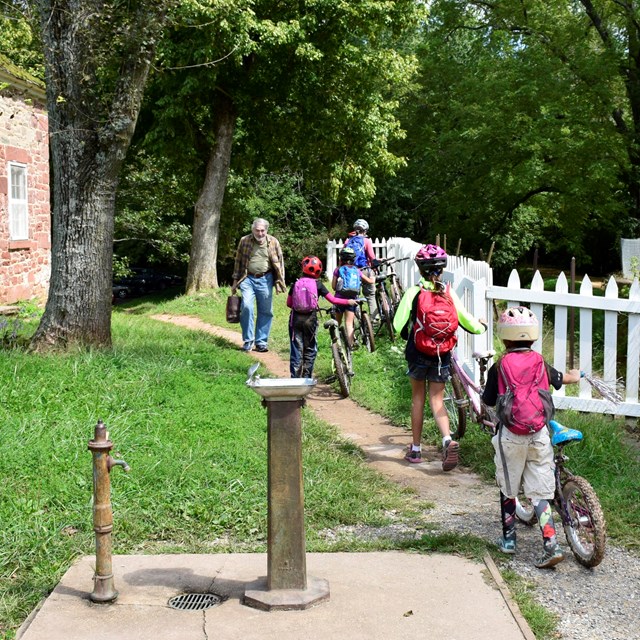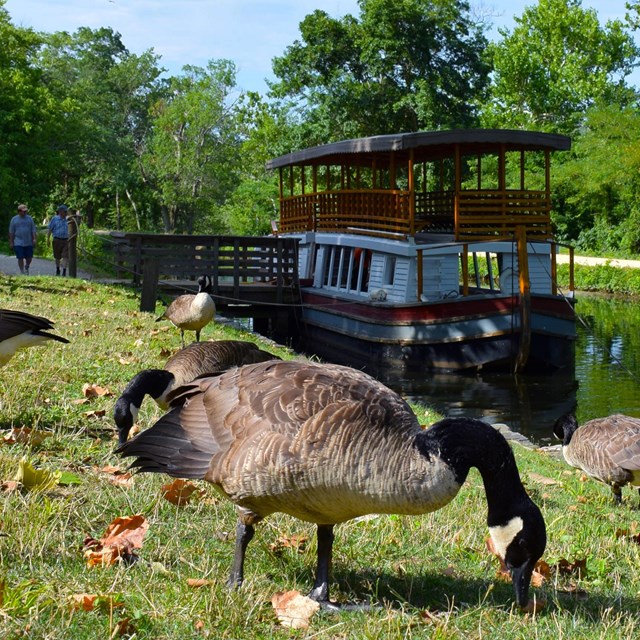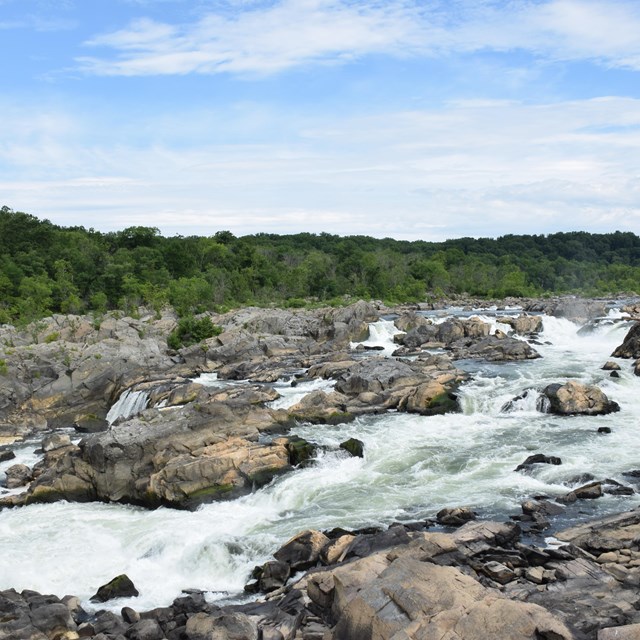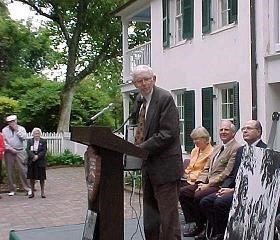
NPS Photo A proposed highwaySupreme Court Justice William O. Douglas served on the Supreme Court from 1939 to 1975. As a young man, Supreme Court Justice William O. Douglas often challenged himself to carry a twenty pound backpack and hike in the mountains around his native Yakima, Washington, strengthening a body that had been ravaged by polio in childhood. He further deepened his love of nature and developed his sense of conservation by reading Henry David Thoreau. He was well known for an interest in the environment, and found himself in a position of power as America was rapidly transforming in the post-World War II era.In the 1950s, the explosion of automobile culture meant a huge increase in highway construction throughout the country. In early 1954, a proposal sought to turn the neglected remnants of the Chesapeake and Ohio Canal into a scenic highway, The scenic highway was proposed to be built right next to, if not on top of, the old canal, snaking along the scenic Potomac River. The Washington Post, in an editorial on January 3, 1954, stated that the old canal was "no longer either a commercial or scenic asset" and that the highway, proposed by the National Park Service itself and approved by Congress, was a fine way to make the Potomac valley accessible to sightseers, campers, and hikers. "The basic advantage of the parkway is that it would enable more people to enjoy beauties now seen by very few." Douglas takes actionJustice Douglas took it upon himself to protect the canal. Justice Douglas had grown to love the C&O Canal, hiking fifteen to twenty miles every Sunday to stay in shape. Finding his beloved canal in peril, Justice Douglas fired back a written response to the Washington Post."The stretch of 185 miles of country from Washington, DC to Cumberland, MD is one of the most fascinating and picturesque in the Nation…It is a refuge, a place of retreat, a long stretch of quiet and peace…a wilderness area where we can commune with God and nature, a place not yet marred by the roar of wheels and the sound of horns." In addition, Justice Douglas challenged the Washington Post editors, Merlo Pusey and Robert Esterbrook, to hike with him the entire distance to convince the Post to "…use the power of [the Post’s] editorial page to help keep this sanctuary untouched..." In 1954, Justice Douglas organized a hike of the entire canal to gain publicity and support for the movement to save the canal. Douglas was a focal point for media attention and intensified the efforts of conservation groups such as the Wilderness Society and the National Parks Association that sought to preserve the canal. Many others, from preservationists to naturalists, from well-wishers to curiosity seekers, joined the hike, too, making it an unqualified success. The Washington Post retracted its initial editorial, and the National Park Service abandoned the parkway idea in 1956. Nevertheless, Douglas and the conservationists did not immediately realize their dream. Only after numerous reunion hikes and years of lobbying on Capitol Hill did the Chesapeake and Ohio Canal finally become a National Historical Park in 1971. For his immense efforts in preserving and protecting the nautral and historical resources, the C& O Canal National Historical Park was officially dedicated to Supreme Court Justice William O. Douglas, the man who helped saved the canal. 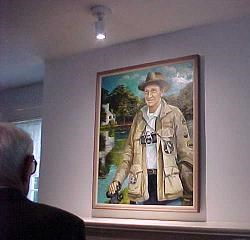
NPS Photo Remembering Justice DouglasOn October 12, 1998, the C&O Canal National Historical Park commemorated the 100th Anniversary of William O. Douglas' birth by unveiling a portrait of Justice Douglas hiking along the towpath. Speakers at the ceremony included Park Superintendent Douglas D. Faris, U.S. Representative Connie Morella (MD), and U.S. Representative Gilbert Gude (MD) (see photo above) who introduced the legislation that preserved the C&O Canal by designating it a National Historical Park. Seated from left to right are Douglas's widow Cathleen Douglas Stone, Carl Linden (C&O Canal Association), and portrait artist Tom Kozar. You might also like
|
Last updated: August 12, 2022

